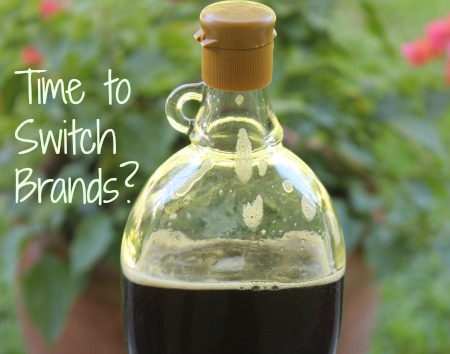 Maple syrup is a traditional and whole sweetener that has consistently played an integral part of the economies of North America ever since Native Americans first taught the early European settlers how to tap maple trees and boil down the sap to make this homely sweetener. Maple syrup derived early in the season at the time of the spring thaw runs sweet and clear. It is tapped from maple trees in a process similar to the making of birch water in Slavic countries.
Maple syrup is a traditional and whole sweetener that has consistently played an integral part of the economies of North America ever since Native Americans first taught the early European settlers how to tap maple trees and boil down the sap to make this homely sweetener. Maple syrup derived early in the season at the time of the spring thaw runs sweet and clear. It is tapped from maple trees in a process similar to the making of birch water in Slavic countries.
It takes about 20-30 gallons of boiled down maple tree water to make one gallon of light amber colored syrup, labeled as Grade A.
Late in the season, maple sap thins out even more. Much more than 20-30 gallons of sap must be boiled down to yield syrup of equal sweetness. Boiling down more sap to concentrate the sweetness also concentrates the flavor and nutrients.
This late season syrup is darker, more maple flavored, and higher in minerals than the Grade A syrup and is currently labeled as Grade B.
The blander, lighter syrup typically commands the highest price as consumers tend to prefer sweetness without too much flavor.
Consumers in the know, however, choose the Grade B syrup for the higher mineral and nutritional content. These savvy consumers have long enjoyed lower prices for the Grade B product, but this may be at an end.
New international standards for labeling maple syrup have come into effect such that Grade B is no longer used. The new system for categorizing maple syrup is designed with the express purpose of eliminating discrimination against the darker syrup.
As a result, all maple syrup is now Grade A with four identifying colors: Golden, Amber, Dark, and Very Dark.
With all syrups labeled the same, equality in pricing is the anticipated result.
So, stock up on cheaper, darker Grade B if you still can. Once the inferior Grade B is removed from the label, this most flavorful and nutritious of syrups will be commanding a higher price much the same as the lighter colored, blander, and more plentiful syrup.
An important thing to also know is the very different production practices between conventional and organic maple syrup. The linked article details these differences that will likely have educated consumers switching brands in a hurry!
For more on whole, nutritious sweeteners, check out my video and article on which sweeteners are best and be sure to check out vetted producers on my shopping recommendations guide.
Sarah, The Healthy Home Economist
Source: Making the Grade: Why the Cheapest Maple Syrup Tastes Best








This is interesting, because that four-tier system is similar to the one used in Ontario.
However, they do not map one-to-one! I purchased a sampler of all four Canadian grades from a sugar bush near St. Catharines, Ontario, and I found that Grade B was most similar to the “Amber” designation. The “Dark” syrup, on the other hand, was nearly molasses-like in flavor, incredibly rich. I’ve never found the like here in the U.S.
Hi. I have been researching maple syrup and can find no evidence that grade B is any better than grade A. Can you tell me where I could find information on this? From what I have read it seems to all be about the time of year the syrup is tapped. And that grade A is not different and does not have less mineral content. I seriously can not find any info showing other wise. In the big sceme of things, I don’t think grade B can be all that much better for you. I think it really comes down to matter of taste preference. But I’m not sure this a food item to get hung up on. It is fascinating to learn all of this though.
klenoviqt sirop stava li za deca ?
Find a nice farmer and stock up! I wonder if it can freeze??
Thanks for posting this as well everything else you post!
Looks like now, not only do I need to buy a cow so I can have raw milk but now I need a maple tree so I can get the syrup I want. Ugggg! The government needs to keep their hands out of our food!
Man, this sucks. I don’t know what I like better about grade B, the strong flavor or the cheap price tag!
Bye Bye Grade B Maple Syrup – The Healthy Home Economist http://t.co/5Q6VlP8K
i just called my maple farmer and he says that there isnt a difference in the mineral content between the grades.. now im lost.. i always thought grade b was best.. this is local, handmade, kosher and organic syrup.. green mountain maple sugar refining company in belvidere center vermont.. any advice anyone??
by the way, warming maple on the stove top and melting in chunks of butter is just wonderful..
-jason and lisa-
The better flavor is indicative of more minerals. Same with high brix produce which tastes much much better than low brix (low mineral) produce.
http://www.forbes.com/sites/larryolmsted/2014/04/02/goodbye-fancy-so-long-grade-b-making-sense-of-maple-syrup/
This and other articles I’ve been reading while researching seem to indicate that there is no difference in the nutrients at all.